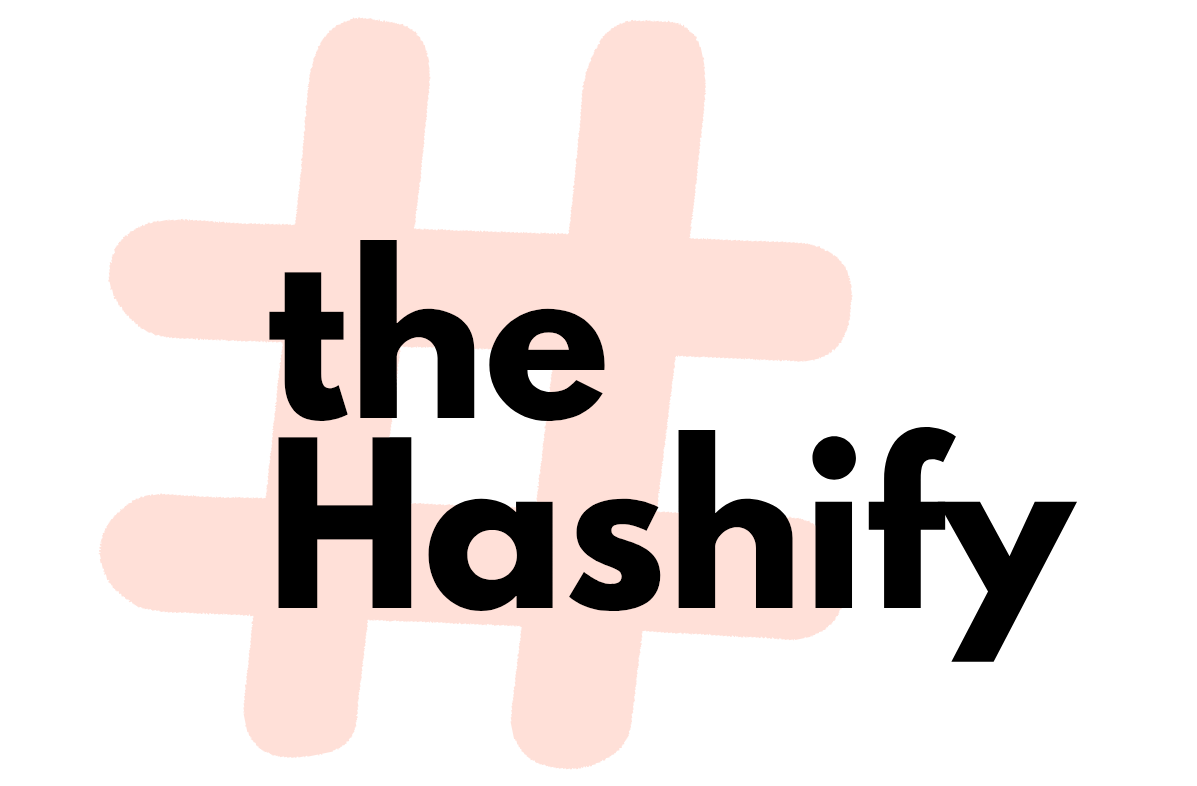The Importance of Aligning SEO with Content Goals
- thehashify DMM
- 6 days ago
- 4 min read
In the digital world, creating content without a clear purpose is like setting sail without a compass. To truly succeed, businesses and creators must align their SEO efforts with their content goals. This alignment ensures that content not only attracts visitors but also drives meaningful engagement and conversions. Understanding this connection is crucial for anyone looking to maximize their online presence.
Understanding Content Goals and Their Role in SEO
Content goals define what you want to achieve with your content. These goals can range from increasing brand awareness, generating leads, educating your audience, to boosting sales. Without clear content goals, SEO efforts can become scattered and ineffective.
For example, if your goal is to educate your audience, your content should focus on providing detailed, informative articles or tutorials. SEO strategies in this case would target keywords related to questions and problems your audience faces. On the other hand, if your goal is to drive sales, your content should highlight product benefits and include strong calls to action, with SEO targeting transactional keywords.
Aligning SEO with content goals means choosing the right keywords, creating relevant content, and optimizing it to meet both user intent and search engine requirements. This approach increases the chances of your content ranking well and resonating with your target audience.

What is an SEO Content Strategist?
An SEO content strategist is a professional who bridges the gap between content creation and search engine optimization. Their role is to develop a plan that ensures content meets both the needs of the audience and the technical requirements of search engines.
They start by understanding the business objectives and content goals. Then, they conduct keyword research to identify terms that potential customers are searching for. Based on this research, they guide content creators on topics, formats, and optimization techniques.
For instance, an SEO content strategist might recommend creating a series of blog posts targeting long-tail keywords to capture niche audiences. They also monitor content performance and adjust strategies to improve rankings and engagement.
By having an SEO content strategist, businesses can ensure their content is purposeful, discoverable, and effective in achieving their goals.
Practical Steps to Align SEO with Content Goals
Aligning SEO with content goals requires a structured approach. Here are some actionable steps to help you get started:
Define Clear Content Goals
Identify what you want your content to achieve. Be specific - whether it’s increasing website traffic by 20%, generating 100 leads per month, or improving customer retention.
Conduct Keyword Research
Use tools like Google Keyword Planner, Ahrefs, or SEMrush to find keywords that match your content goals. Focus on search intent - informational, navigational, or transactional.
Create Audience-Centric Content
Develop content that answers your audience’s questions and solves their problems. Use a mix of formats such as blogs, videos, infographics, and case studies.
Optimize Content for SEO
Incorporate keywords naturally in titles, headings, meta descriptions, and body text. Ensure your content is easy to read, mobile-friendly, and fast-loading.
Measure and Adjust
Use analytics tools to track how your content performs against your goals. Look at metrics like organic traffic, bounce rate, time on page, and conversion rates. Refine your strategy based on these insights.
By following these steps, you create a feedback loop that continuously improves your content’s effectiveness and search engine visibility.

The Benefits of Integrating SEO and Content Strategy
When SEO and content goals are aligned, the benefits are significant:
Improved Search Rankings
Content that targets the right keywords and meets user intent ranks higher on search engines.
Higher Engagement
Relevant content keeps visitors on your site longer and encourages interaction.
Better Conversion Rates
Content designed with clear goals guides users through the sales funnel effectively.
Cost Efficiency
Focused content creation reduces wasted effort and maximizes ROI.
Brand Authority
Consistently valuable content builds trust and positions your brand as an industry leader.
To achieve these benefits, it’s essential to view SEO and content creation as parts of a unified strategy rather than separate tasks. Tools and platforms that support seo and content strategy can help streamline this integration.
Tips for Maintaining Alignment Over Time
Maintaining alignment between SEO and content goals is an ongoing process. Here are some tips to keep your strategy on track:
Regularly Review Goals
Business priorities change, and so should your content goals. Schedule quarterly reviews to ensure your content strategy remains relevant.
Stay Updated on SEO Trends
Search engine algorithms evolve. Keep learning about new SEO best practices and update your content accordingly.
Collaborate Across Teams
Encourage communication between content creators, SEO specialists, and marketing teams to ensure everyone is aligned.
Use Data to Drive Decisions
Continuously analyze performance data to identify what works and what doesn’t. Use these insights to refine your approach.
Invest in Training
Equip your team with the skills needed to create SEO-friendly content that meets your goals.
By following these tips, you can sustain a strong connection between your SEO efforts and content objectives, leading to long-term success.
Aligning SEO with content goals is not just a best practice - it is essential for creating content that performs well and drives business results. By understanding your goals, leveraging the expertise of an SEO content strategist, and following a structured approach, you can build a powerful online presence that attracts, engages, and converts your target audience.





Comments